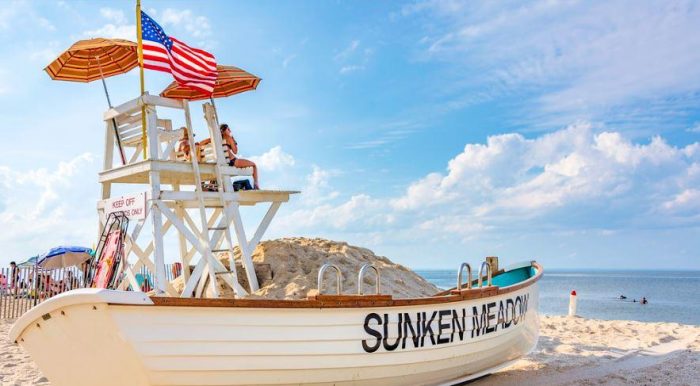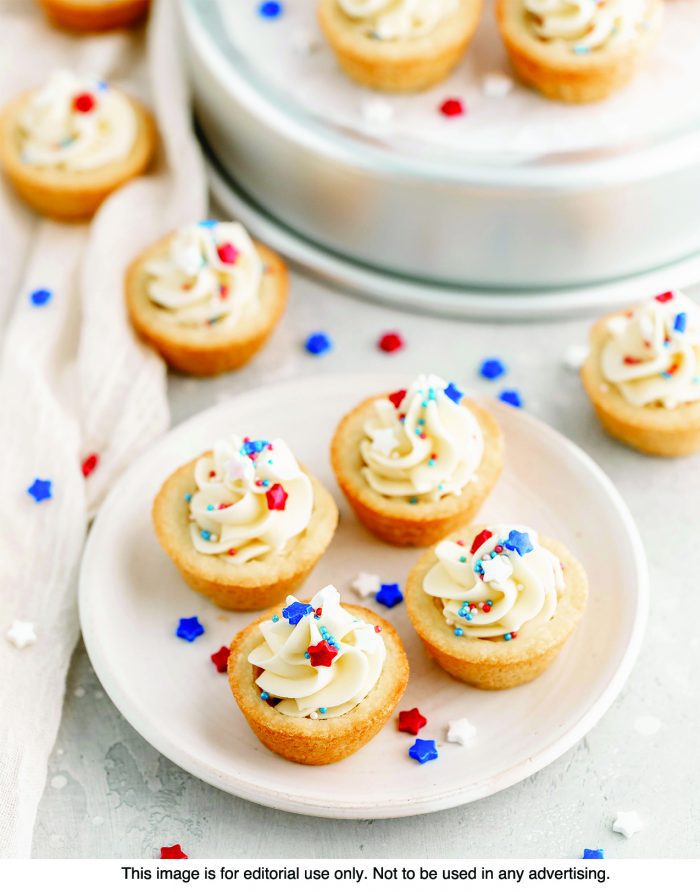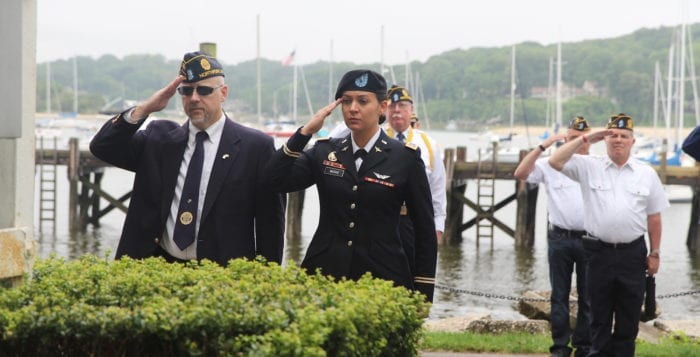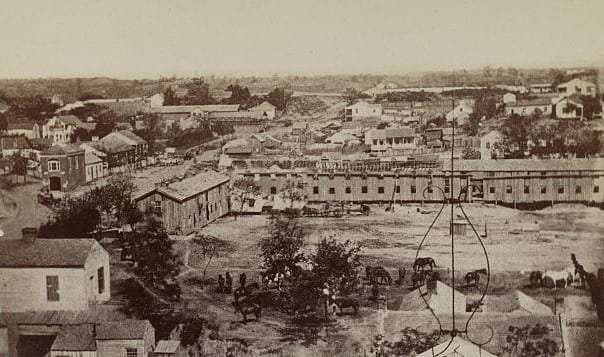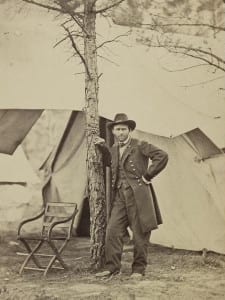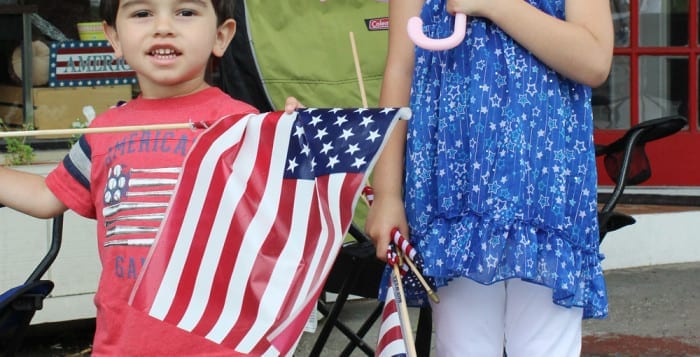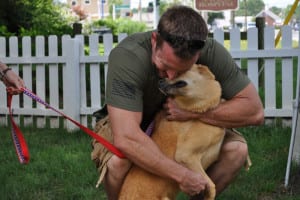By Heidi Sutton
July 4th celebrations are much anticipated each year. Whether they include an intimate barbecue with a close-knit group of friends or a massive block party with everyone from the neighborhood, there’s a strong chance that food will be part of the party.
As various menu items will hit the grill, hosts and hostesses may wonder which desserts to serve to make their events complete. While there is seemingly nothing more American than apple pie, cookies also can be sweet ways to help wrap up the festivities.
Sugar cookies are a universal favorite, and in this recipe for “Fourth of July Cookie Cups” they’re shaped into cups filled with a buttercream frosting. Enjoy this star-spangled showcase, courtesy of “Live Well, Bake Cookies” (Rock Point) by Danielle Rye.
Fourth of July Cookie Cups
YIELD: Makes 24 cookie cups
INGREDIENTS:
Nonstick cooking spray, for greasing pan
11⁄2 cups all-purpose flour, spooned and leveled
1 teaspoon cornstarch
1⁄2 teaspoon baking powder
1⁄4 teaspoon salt
1⁄2 cup (1 stick) unsalted butter, softened
3⁄4 cup granulated sugar
1 large egg, at room temperature
1 teaspoon vanilla extract
Red, white and blue sprinkles, for topping
Vanilla Buttercream Frosting
1⁄2 cup (1 stick) unsalted butter, softened
11⁄2 cups powdered sugar
1 tablespoon heavy whipping cream or milk
1 teaspoon pure vanilla extract
DIRECTIONS:
To make the cookie cups: preheat the oven to 350 F. Spray a 24-count mini muffin pan with nonstick cooking spray and set aside. In a large mixing bowl, whisk together the flour, cornstarch, baking powder, and salt. Set aside. In the bowl of a stand mixer fitted with the paddle attachment or in a large mixing bowl using a handheld mixer, beat the butter and granulated sugar together for 1 to 2 minutes, or until well combined.
Mix in the egg and vanilla extract until fully combined, making sure to stop and scrape down the sides of the bowl as needed. Mix in the dry ingredients until just combined. Evenly distribute the cookie dough among all 24 cups in the mini muffin pan, a little more than 1 tablespoon of cookie dough per cup. Press each ball of cookie dough into the cups and smooth it out.
Bake for 11 to 13 minutes, or until the edges of the cookie cups are lightly browned and the tops are set. Remove from the oven, and make an indentation in each cookie using the back of a measuring spoon. Allow to cool in the muffin pan, then carefully remove from the pan and set aside.
To make the vanilla buttercream frosting: In the bowl of a stand mixer fitted with the paddle attachment or in a large mixing bowl using a handheld mixer, beat the butter for 1 to 2 minutes until smooth. Add the powdered sugar, 1⁄2 cup at a time, mixing in each addition until well combined. Add the heavy whipping cream and vanilla extract, and continue mixing until fully combined, stopping to scrape down the sides of the bowl as needed. Pipe the frosting into the cooled cookie cups and top with the sprinkles.
Store the cookie cups in an airtight container at room temperature or in the refrigerator for up to 4 days.

